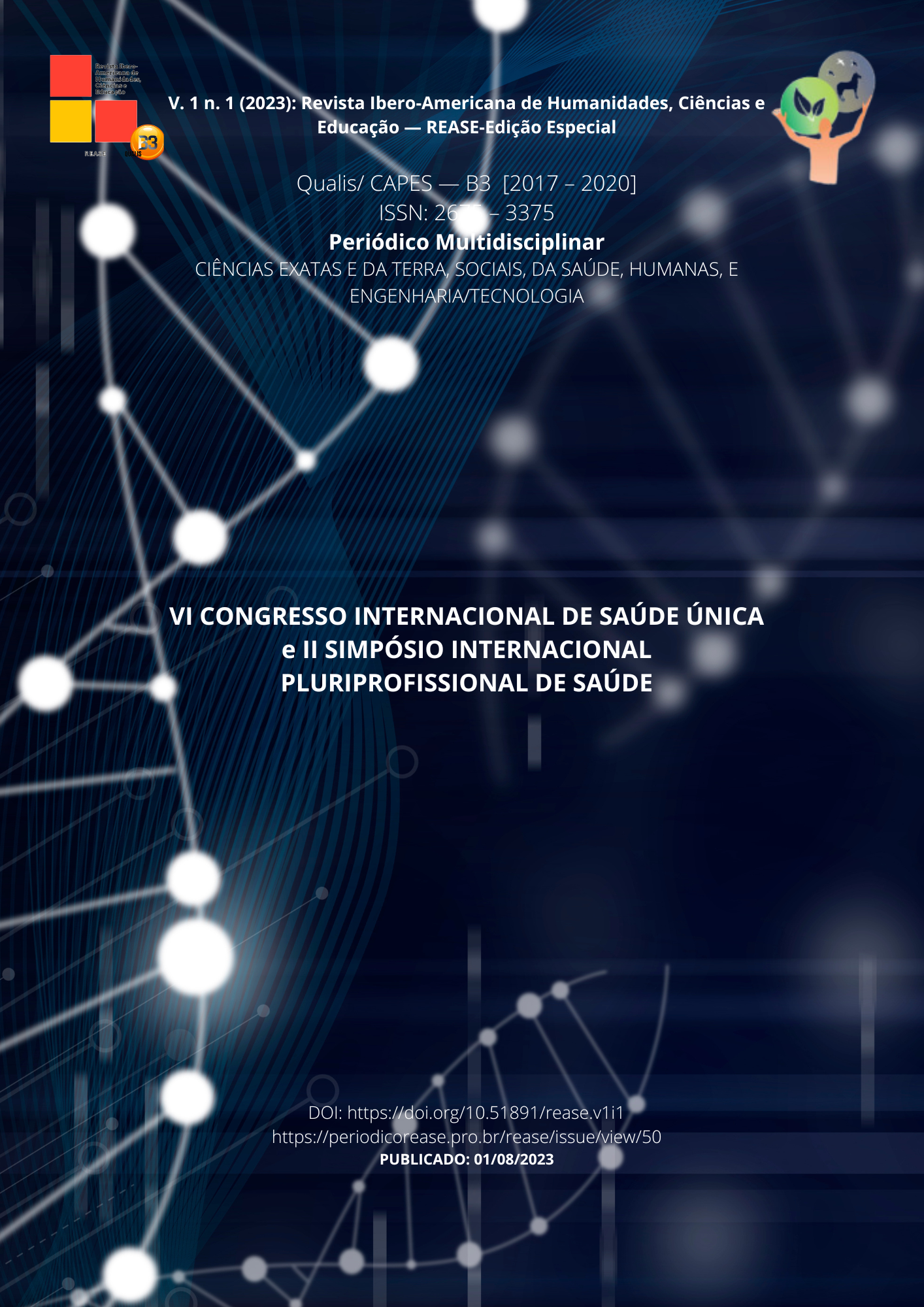THE INDISCRIMINATE USE OF AZITHROMYCIN DURING THE COVID-19 PANDEMIC AS AN INDUCER OF ANTIMICROBIAL RESISTANCE: A NARRATIVE REVIEW
DOI:
https://doi.org/10.51891/rease.v1i1.10495Keywords:
Azithromycin, COVID-19, Antimicrobial resistance, pandemic, self-medicatiom.Abstract
During the COVID-19 pandemic, the search for instruments to cure and prevent this disease culminated in the exacerbated use, among other drugs, of azithromycin. It was used, along with hydroxychloroquine, initially in the hospital treatment of COVID-19, against secondary pulmonary infections. However, despite the proof of its inefficiency in treating the coronavirus, it continued to be administered in some hospital settings and by patients without a medical prescription. Thus, the objective of the present study was to analyze the consequences of the non-rational use of azithromycin during the COVID-19 pandemic in the selection of resistant strains. A narrative literature review was carried out, based on the central theme of the action of azithromycin, antimicrobial resistance and the indiscriminate use of this drug in the COVID-19 pandemic on the plataforms Google Scholar, National Library of Medicine (PubMed), Portal de Periódicos CAPES and Biblioteca Virtual em Saúde (BVS). Therefore, azithromycin proved to be the most used antibacterial drug during the pandemic that, with the dispersion of misinformation about the use of drugs to treat SARS-COV2, resulted in high rates of self-medication. Thus, it was concluded that the increase in selective pressure on bacteria, a result of the exacerbated use of these drugs, is dangerous since it tends to promote, especially in the case of macrolides, antimicrobial resistance. Furthermore, this study emphasized the dangers of self-medication in the global epidemiological context, with regard to the growing emergence of resistant bacterial strains, which reinforces the demand for more studies on this topic.
Downloads
Downloads
Published
How to Cite
Issue
Section
License
Atribuição CC BY

